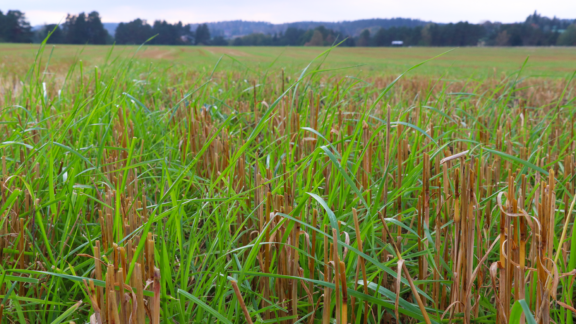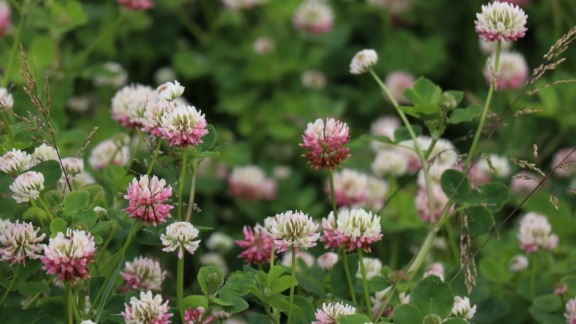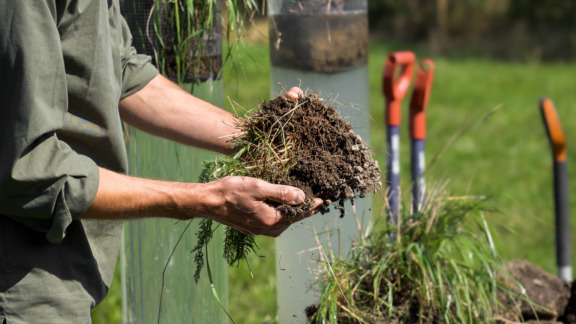Implementation of mycorrhizas into soil carbon model improves the prediction of plant litter decomposition
Article: Implementation of mycorrhizal mechanisms into soil carbon model improves the prediction of long-term processes of plant litter decomposition
Authors: Huang, Weilin et al.
Journal: Biogeosciences
Year: 2022
Plant associations with fungi, so-called mycorrhizas, are the most widespread symbiosis on Earth, and most of the plant species have them. Mycorrhizae are hypothesized to play important roles in soil carbon sequestration especially, yet the actual mechanisms of mycorrhizal impacts on soil carbon dynamics are poorly understood. Ecosystems have distinct soil carbon dynamics, including litter decomposition, depending on whether they are dominated by plants featuring ectomycorrhizae (EM) or arbuscular mycorrhizae (AM).
In the study, the soil carbon model Yasso15 was re-formulated and in it were incorporated impacts of mycorrhizal vegetation on plant litter decomposition. The study focused on how the mycorrhizas affect the belowground decomposition environment. The performance of the selected optimal model was assessed for 10 years following litter input.
It seems that mycorrhizal impacts on labile carbon pools are distinct from those on recalcitrant pools. Plant litter of the same chemical composition decomposes slower when exposed to EM-dominated ecosystems compared to AM-dominated ones. Across time, EM-dominated ecosystems accumulate more recalcitrant residues of non-decomposed litter.
Overall, adding the mycorrhizal module into the Yasso model improved the accuracy of the temporal dynamics of carbon sequestration predictions. The model helps to determine the relative importance of mycorrhizal associations on litter decomposition rate and reduces the uncertainties in estimating soil carbon sequestration.



